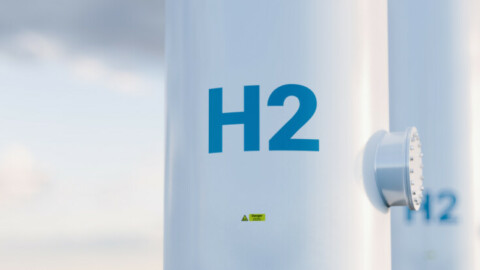Attendees at the National Energy Efficiency Summit in Sydney welcomed the Federal Government’s announcement on the development of a Commonwealth-led National Energy Performance Strategy as an important first step to harness the power of energy efficiency in reducing emissions, lowering energy bills, and improving productivity.
Assistant Minister for Climate Change and Energy, Jenny McAllister, highlighted the need to reform current policy settings.
“For too long, Australia’s efforts at reducing emissions and cutting energy costs have lacked a national plan that will deliver a high energy performance economy,” Ms McAllister said.
“As we work to deliver secure and affordable low-emissions energy supply, we need to accelerate demand-side action to support an efficient, least-cost pathway through the energy transformation.
“So much of the energy Australians pay for every year is wasted on inefficiency.”
Minister for Climate and Energy, Chris Bowen, said “Energy efficiency policies driven by a national strategy will cut energy costs for households and businesses, reduce pressure on the energy system and help us meet our emissions reduction goals.”
This year’s Climate Change Performance Index, an independent monitoring tool presented at the annual UN Climate Change Conference, ranks Australia 54 out of 64 countries for energy performance per capita.
The EU has been progressively strengthening its energy efficiency targets to reduce costs and meet its 2030 emissions reduction goals and similar action is being pursued by countries such as South Korea and Japan.
The International Energy Agency has made it clear that without early action on energy efficiency, the transition to net zero emissions will be more expensive and difficult.
An energy efficiency target, supported by practical programs to improve energy efficiency in homes, businesses, and industry, will help Australia shore up its energy supply, lower energy bills, address poverty and inequality, and reduce emissions faster and cheaper.
Australia’s energy efficiency target for 2030 needs to deliver all the electricity and gas savings already assumed – but not yet locked in – through the Integrated System Plan, as well as targeting further cost effective opportunities to cut bills and emissions.
To do this, a rapid review of state and national policies is needed, and a new economy-wide framework for energy efficiency supported by focused plans that target the opportunities and challenges in each sector.
A rapid uptake of energy efficiency and management will:
- Immediately reduce energy bills and prevent energy hardship
- Slash emissions at least cost and accelerate the transition to a net zero economy, keeping open a pathway to limiting global warming to 1.5º
- Reduce our reliance on fossil fuels and improve energy security
- Improve health and wellbeing, and reduce poverty and inequality
“We’re acting to put in place a strategy that will help us create a high energy performance economy, meet our emissions reduction targets, and enable us to put downward pressure on energy prices,” Ms McAllister said.
“And we’re doing this important work in consultation with state and territory governments, businesses, households and community groups across the nation.”
A discussion paper on how to deliver energy efficiency improvements across the economy and help Australia meet its emissions reduction targets, will be released in coming weeks.
















